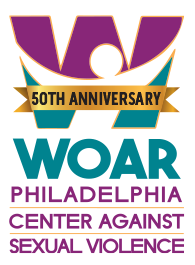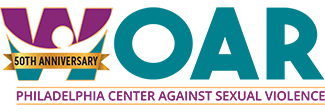Sexual violence against the LGBTQ community – More than 1 in 3 LGBTQ people faced discrimination or harassment in the past year.
Sexual Violence Against the LGBTQ Community. The National Coalition of Anti-Violence Projects (NCAVP) reports that close to 10% of LGBTQ individuals who have experienced intimate partner violence (IPV) have also been sexually assaulted by those partners. In addition, studies suggest that approximately half of transgender people and bisexual women will be victims of sexual violence at some point in their lives.
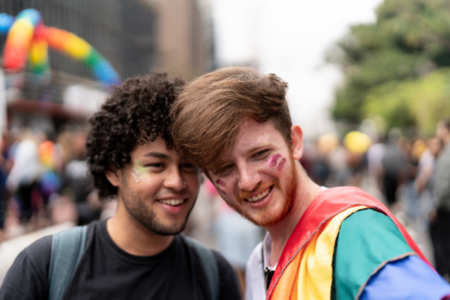
LGBTQ people often suffer from higher rates of poverty, stigma, and marginalization than straight people, making them more likely to be sexually assaulted. They also face higher rates of hate-motivated violence, which can take the form of sexual assault. In addition, the way society hypersexualizes LGBTQ people and stigmatizes their relationships can lead to intimate partner violence that stems from internalized homophobia and shame.
Source: https://pcar.org/about-sexual-violence/
The sexual violence faced by the LGBTQ community is a serious issue that needs to be addressed. We must work together to create a safe and supportive environment for all individuals, regardless of sexual orientation or gender identity. This includes providing resources for victims of sexual assault, working to end stigma around LGBTQ relationships, and creating public awareness campaigns to ensure everyone knows their rights and has access to the help they need. Together, we can make a difference in ending sexual violence against the LGBTQ community.
Sexual Violence Against Members of the LGBTQ Community by The Numbers According to the CDC’s National Intimate Partner and Sexual Violence Report:
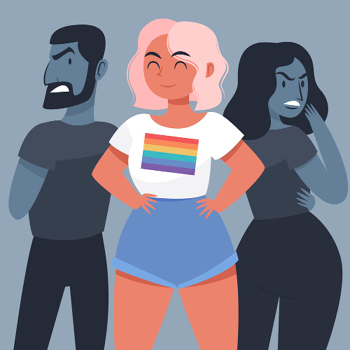
- 44% of lesbian women, 61% of bisexual women, and 35%of heterosexual women experienced rape, physical violence, and/or stalking by an intimate partner in their lifetime.
- 26% of gay men, 37% of bisexual men, and 29% of heterosexual men experienced rape, physical violence, and/or stalking by an intimate partner at some point in their lifetime.
- Approximately 1 in 5 bisexual women (22%) and nearly 1 in 10 heterosexual women (9%) have been raped by an intimate partner in their lifetime. Rates of some form of sexual violence were higher among lesbian women, gay men, and bisexual women and men compared to heterosexual women and men.
- Approximately 1 in 8 lesbian women (13%), nearly half of bisexual women (46%), and 1 in 6 heterosexual women (17%) have been raped in their lifetime. This translates to an estimated 214,000 lesbian women and 1.5 million bisexual women
Within the LGBTQ community, transgender people and bisexual women face the most alarming rates of sexual violence. Among both of these populations, sexual violence begins early, often during childhood. The 2016 U.S. Transgender Survey found that 47% of transgender people are sexually assaulted at some point in their lifetime.
- Among people of color, American Indian (65%), Multiracial (59%), Middle Eastern (58%) and Black (53%) respondents of the 2016 U.S. Transgender Survey were most likely to have been sexually assaulted in their lifetime
- Nearly half (48%) of bisexual women who are rape survivors experienced their first rape between ages 11 and 17.
- LGBTQ individuals who have survived sexual assault often don’t seek help from the police, hospitals, shelters, or rape crisis centers because their identities – and the discrimination surrounding those identities – could be exacerbated by seeking help from these very resources.
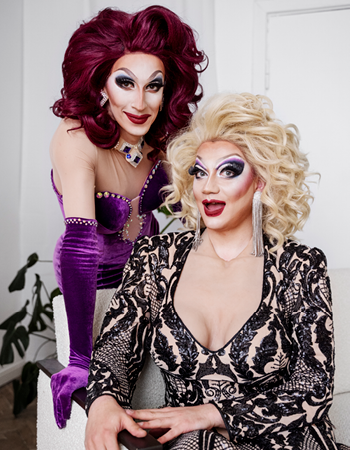
More than half (57%) of respondents in the 2016 US Transgender Survey said they would feel uncomfortable asking the police for help if they needed it.
- 85% of victim advocates surveyed by the NCAVP reported having worked with an LGBTQ survivor who was denied services because of their sexual orientation or gender identity.
- 1 in every 5 individuals who were surveyed by the NCAVP were incarcerated during the past year in either jail, prison, or juvenile detention and reported being sexually abused by staff members.
- Additionally, 17% of respondents who stayed at one or more homeless shelters in the past year were sexually assaulted at the shelter because they were transgender.
Summary
Research shows sexual violence against members of the LGBTQ community is prevalent. More than half of all members of the LGBTQ community will experience sexual violence in their lifetime. Violence against the LGBTQ community often goes unreported – LGBTQ individuals often face denial when seeking help from police, hospitals, and other resources, due to discrimination based on sexual orientation or gender identity. This is especially true for transgender people and bisexual women, who are the most likely to experience sexual violence.
Studies suggest that approximately half of transgender people and bisexual women will be victims of sexual violence at some point in their lives. The numbers show 44% of lesbian women, and 61% of bisexual women, experience rape, physical violence, or stalking by an intimate partner in their lifetime.
It is a sobering reminder of the need for greater awareness and protection for LGBTQ individuals against sexual violence.
Key Takeaways
- Nearly 10% of LGBTQ individuals have experienced sexual assault by their intimate partners.
- Transgender people and bisexual women face the highest rates of sexual violence.
- LGBTQ individuals often face discrimination when seeking help from resources.
- Greater awareness and protection is needed for LGBTQ individuals against sexual violence.
Click here to read the Entire Report from the 2016 U.S. Transgender Survey.
WOAR supports ALL members of the LGBTQ Community. WOAR also offers services to ALL members of the LGBTQ Community and their Chosen Families. Our 24-HR Crisis Hotline is available for support and information.
Please call our HOTLINE at: 215-985-3333. You will speak with a trained counselor who who understands your situation and can provide appropriate resources to help you. We are here for you and every person in Philadelphia who needs help.
More information: LGBTQIA+ Services at WOAR and Counseling Services for LGBTQIA+ Individuals
